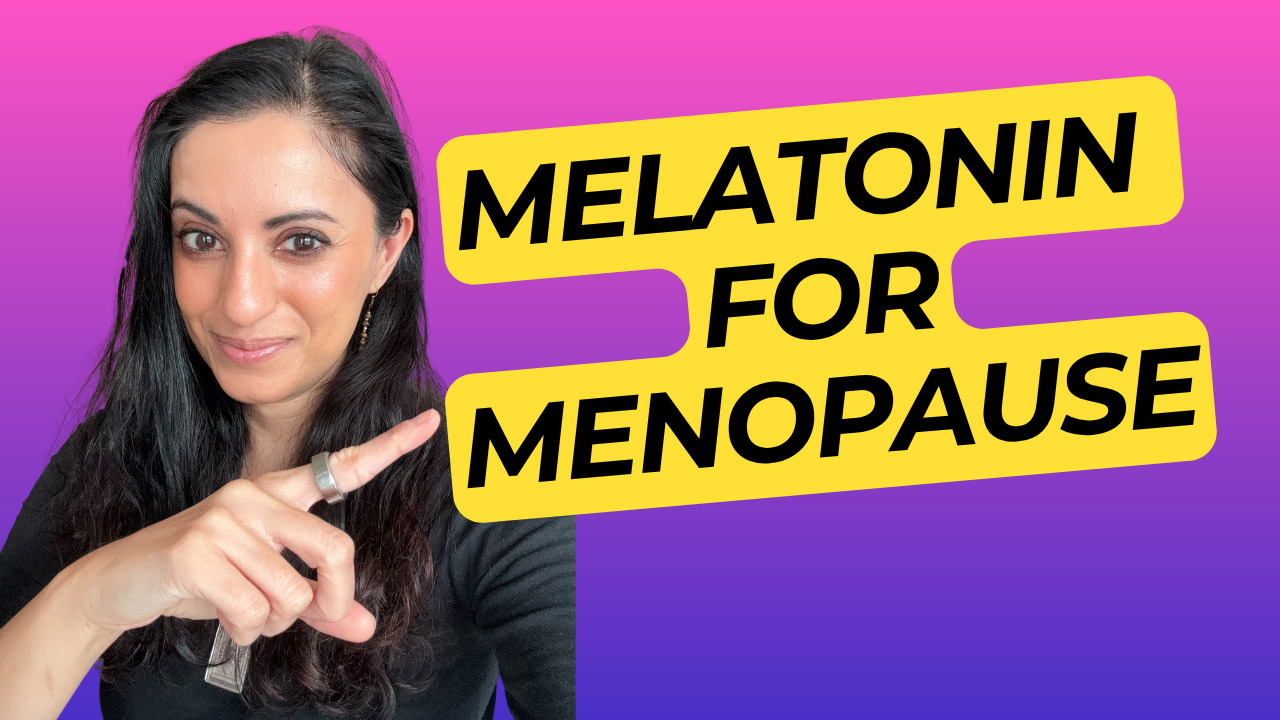Cannabis for medical issues wasn’t on the radar when I was in med school. Now it’s everywhere…the local coffee shop offers CBD shots for your morning espresso and medical cannabis has become mainstream.
Even my dog gets CBD treats PRN anxiety.
You may be getting more and more questions about cannabis in clinic…but most of us were never taught about medicinal cannabis in training.
This week I sat down with Dr. Janice Makela MD, an internal medicine and palliative care doc with training in cannabis-based care, to unpack the practical, clinical side of cannabis.
In our conversation, Dr. Makela shares what every clinician should know before saying yes or no to cannabis as part of a treatment plan.
The endocannabinoid system (ECS) helps regulate pain, sleep, metabolism, and immune response. Dr. Makela points out that we learned about the renin-angiotensin system in med school, but there’s no training on the ECS.
She makes the case that understanding the ECS is foundational, not fringe, especially if we want to evaluate cannabis objectively in modern practice.
Clinical Pearls
Chronic Pain
PTSD
For some, cannabis reduces nightmare frequency and intensity. However, there isn’t enough data to recommend treating patients with it.
Dementia
Low doses may reduce agitation in geriatric populations. Dr. Makela shared some clinical pearls on dosing.
Cannabis is not benign, but it’s also not going away.
Risks and Red Flags
While anxiety and insomnia are two of the most common reasons patients turn to cannabis, the response is highly formulation- and person-dependent.
It can both help and harm. Be careful in people with underlying trauma, addiction histories, or schizophrenia-spectrum vulnerabilities.
What About Sleep?
While people feel like they sleep better, the data tells a murkier story, with increased light sleep, reduced REM, and potential disruption of architecture over time, depending on the formulation.
Patients with chronic non-cancer pain are most likely to experience benefit from cannabinoids for sleep disturbances.
Where Do We Go From Here?
Dr. Makela believes cannabis in medicine could eventually take a place like digitalis or morphine: powerful when used wisely, dangerous when not.
That’s why education matters to help clinicians think critically, communicate clearly, and meet patients where they are.
I don’t recommend medical cannabis in my practice because I don’t have adequate training in how to prescribe it appropriately. However, I’m open to having conversations with patients about it and pointing them in the right direction when they need more information.
If you’ve been curious about how to bring cannabis into the conversation with patients, or when to leave it out entirely, this interview is worth your time.
Take a listen and let me know what stood out to you.
Did you learn something today? Click here to find out how Learner+ can help you meet your evolving educational goals.
References:
AminiLari M, Wang L, Neumark S, Adli T, Couban RJ, Giangregorio A, Carney CE, Busse JW. Medical cannabis and cannabinoids for impaired sleep: a systematic review and meta-analysis of randomized clinical trials. Sleep. 2022 Feb 14;45(2):zsab234. doi: 10.1093/sleep/zsab234. PMID: 34546363.
Bhagavan C, Kung S, Doppen M, John M, Vakalalabure I, Oldfield K, Braithwaite I, Newton-Howes G. Cannabinoids in the Treatment of Insomnia Disorder: A Systematic Review and Meta-Analysis. CNS Drugs. 2020 Dec;34(12):1217-1228. doi: 10.1007/s40263-020-00773-x. Epub 2020 Nov 26. PMID: 33244728.
Morin CM, Buysse DJ. Management of Insomnia. N Engl J Med. 2024 Jul 18;391(3):247-258. doi: 10.1056/NEJMcp2305655. PMID: 39018534.
Sznitman SR, Meiri D, Amit BH, Rosenberg D, Greene T. Posttraumatic stress disorder, sleep and medical cannabis treatment: A daily diary study. J Anxiety Disord. 2022 Dec;92:102632. doi: 10.1016/j.janxdis.2022.102632. Epub 2022 Sep 16. PMID: 36182689.
Velzeboer R, Malas A, Boerkoel P, Cullen K, Hawkins M, Roesler J, Lai WW. Cannabis dosing and administration for sleep: a systematic review. Sleep. 2022 Nov 9;45(11):zsac218. doi: 10.1093/sleep/zsac218. Erratum in: Sleep. 2023 Mar 9;46(3):zsad008. doi: 10.1093/sleep/zsad008. PMID: 36107800.




